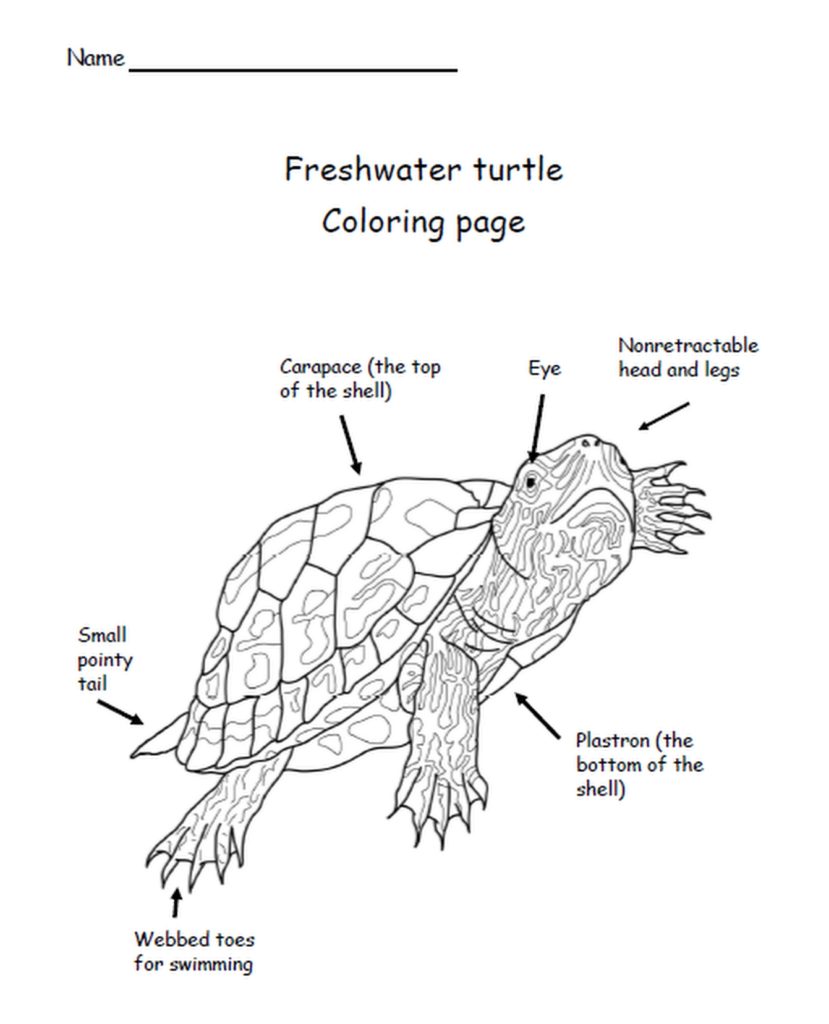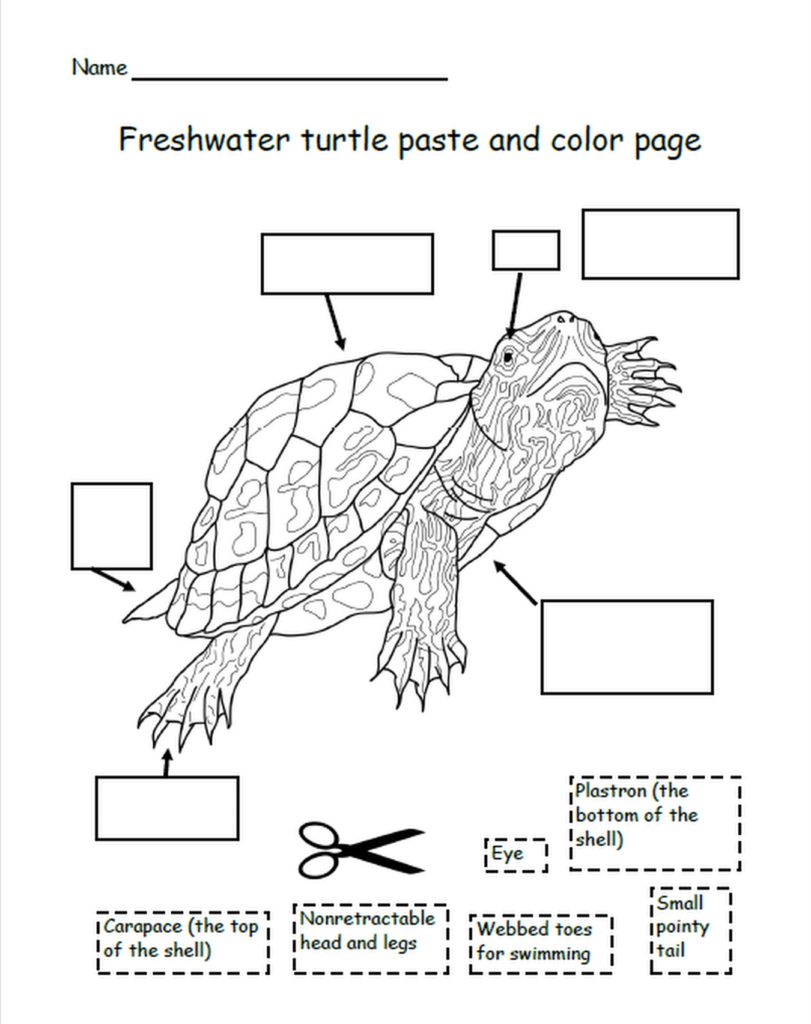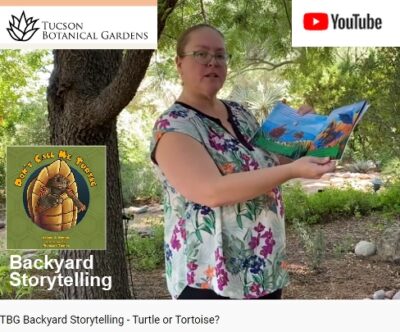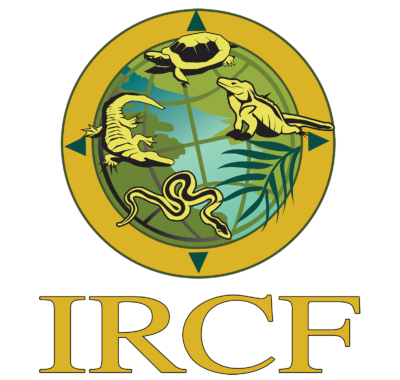How to Teach a 10-15 Minute Lesson by Marilyn Buehrer, Teacher
Daily lessons for children, especially very young children, should be limited to 10-15 minutes each. Attention span plays a big role in this, as does interest level. To teach a short, but powerful lesson, begin with introducing the day’s lesson. What do you want your child/ren to learn?
First, choose a topic: Tell your student/s what they’re going to be able to accomplish by the end of the lesson. For example, Correctly label the parts of a turtle.

Tell: “In this lesson, I want you to cut out the names of the parts of a freshwater turtle and correctly paste them in the spaces on the page with a picture of a turtle.”
Model: Show them a perfect example of the finished product, one you’ve done yourself. Give them time to study your model.
Ask: “What do I want you to do?” or ask them to finish this question: “I want you to do what?” Don’t simply ask if they understand. Kids will just say yes because they know that’s what you want them to say.

From the 24-page workbook My Book About Freshwater Turtles
Engage: Give them the worksheet, scissors, and glue stick. Older students may want to help them, but the older kids usually end up doing the project for the younger ones to help the little ones feel successful. In reality, this does just the opposite for the younger child, so give a different task to the older students while younger kids complete the assignment you gave them.
Check for understanding: Ask your child/ren to explain, in their own words, what they did. Ask them to point to and read the parts of a turtle aloud to you. After this, let them color in the picture of the turtle.
Marilyn Buehrer is a teacher and creator of Lyric Power Publishing’s comprehensive, fun, and engaging workbooks that bridge the summer gap between school years, stave off the overuse of electronics, and fill in those bored hours on the weekends.
To learn about our latest science-based children’s books and workbooks, to read our latest blog posts about reptiles, birds, cats, and gardening, in a variety of locations, and about how the books come to be, what inspires an author to write, and many more interesting aspects of the publishing business, fill in the box below and we will add you to our email list.
Thank you!



